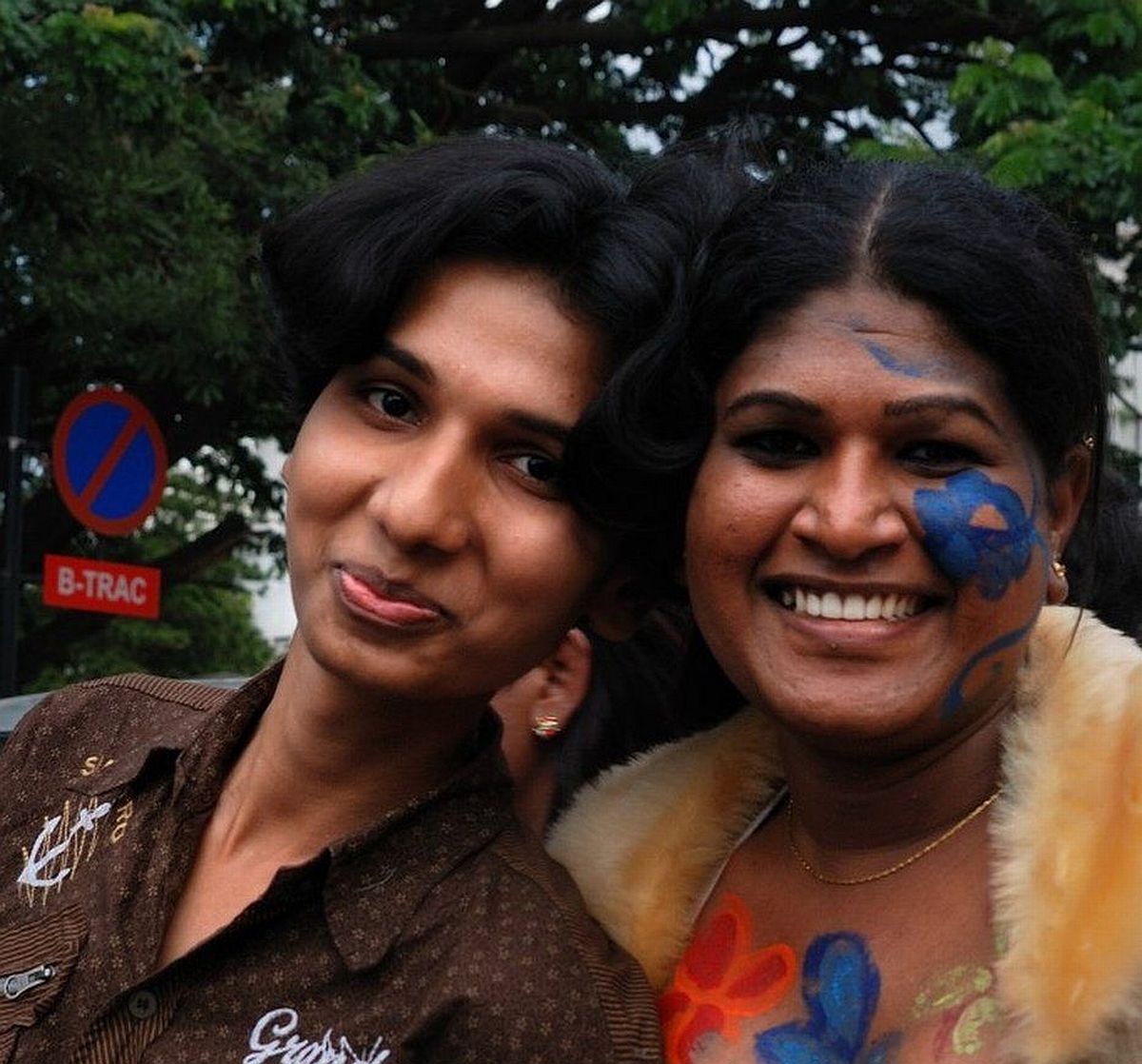By Swati Gola, University of Exeter
EXETER, July 20 – India’s revised surrogacy law has been praised for outlawing commercial surrogacy, but it has also been criticised for restricting who is eligible to undertake altruistic surrogacy.
Since the Surrogacy (Regulation) Act 2021 came into force in January 2022, domestic commercial surrogacy has been banned. Transnational commercial surrogacy was banned back in 2015.
The Act has been seen as a welcome step in the right direction, given the many issues associated with commercial surrogacy, including surrogate-born children being abandoned by their intended parents, the exploitation of surrogate mothers and novel legal issues around parentage and nationality.
However, many feel it does not go far enough.
It restricts access to altruistic surrogacy services to heterosexual married couples with no surviving child, with exceptions for physical or mental impairments and life-threatening conditions.
Altruistic surrogacy is where the surrogate mother is given no expenses, fees, or monetary incentive of any nature, except medical and other prescribed expenses.
Under the Act same-sex couples, other members of the LGBTQ+ community, single men and live-in couples are excluded.
This traditionalist approach goes against Indian culture and also breaches India’s human rights obligations.
It reinforces the narrow social perceptions of a ‘traditional family’ helmed by a heterosexual couple and entrenched in patriarchal gender norms.
Indian lawmakers have restricted the rights of the LGBTQ+ community to form a family despite the decriminalisation of homosexuality in 2018 and the government’s willingness to explore administrative solutions to day-to-day issues that same-sex couples face.
At the same time, reasons for excluding the LGBTQ+ community from accessing surrogacy have ranged from legal complications arising from third party gamete (sperm or egg) donation resulting in future custody battles, to a lack of legal recognition of same-sex and live-in couples as well as the challenges of raising a child alone.
Ancient Hindu culture did not show any social bias against transgendered people nor were same-sex relationships barred by early Hindu scriptures. The well-known story of Shikhandi (or Shikhandini) in the Mahabharata is the earliest example of gender fluidity and sex change.
The intriguing story of Mohini (when Lord Vishnu turned into a beautiful woman to trick asuras during Samudra Manthan) and her union with Lord Shiva can be seen as a reference to same-sex conjugation.
Even the earliest texts like the Rig Veda cite the story of Mitra-Varun (a same-sex couple believed to be the representatives of the two halves of the moon).
Above all, temple art from 950 to 1050 AD is full of erotic imagery, including men with men and women erotically embracing each other.
Although ancient Hindu legal codes like Manusmriti (text codifying social and moral conduct for Hindus) or Arthashastra (treatise on statecraft and political science) seem to frown upon homosexuality, they don’t carry the force of law in a pluralistic Hindu society.
Same-sex relationships have existed in India from time immemorial and were socially acceptable even during the Mughal period. The British criminalised homosexuality in India through the Indian Penal Code in 1860, imposing Victorian morality on the Indian psyche.
Legally, the right to “found a family” is an internationally acknowledged human right under Article 23(2) of the International Covenant on Civil and Political Rights to which India is a party.
The Indian Constitution bars discrimination between one class of citizen and another through Article 15. Article 14 of the Constitution specifically provides for “equality before law”.
In 2010, the Supreme Court of India held that live-in relationships are equal to marriage. And since 2014, India has officially recognised transgender people as a third gender.
An earlier Supreme Court ruling in 1992 reiterated the duty of the state to use the law to bring about a more equal society as envisioned in the Indian Constitution.
Thirty years later, the Supreme Court acknowledged that “familial relationships may take the form of domestic, unmarried partnerships or queer relationships”.
By restricting access to altruistic surrogacy, the Surrogacy (Regulation) Act 2021 potentially discriminates against the LGBTQ+ community and live-in partners.
With the decriminalisation of same-sex relationships, acceptance of live-in relationships and the ever-broadening social and legal understanding of family, it is only a matter of time before the eligibility criteria for an intended parent or parents will be challenged in courts of law.
If this happens, it is likely that the court will not look favourably upon this conservative perception of family.
Swati Gola is a lecturer at the University of Exeter’s Law School.
Article courtesy of 360info.












